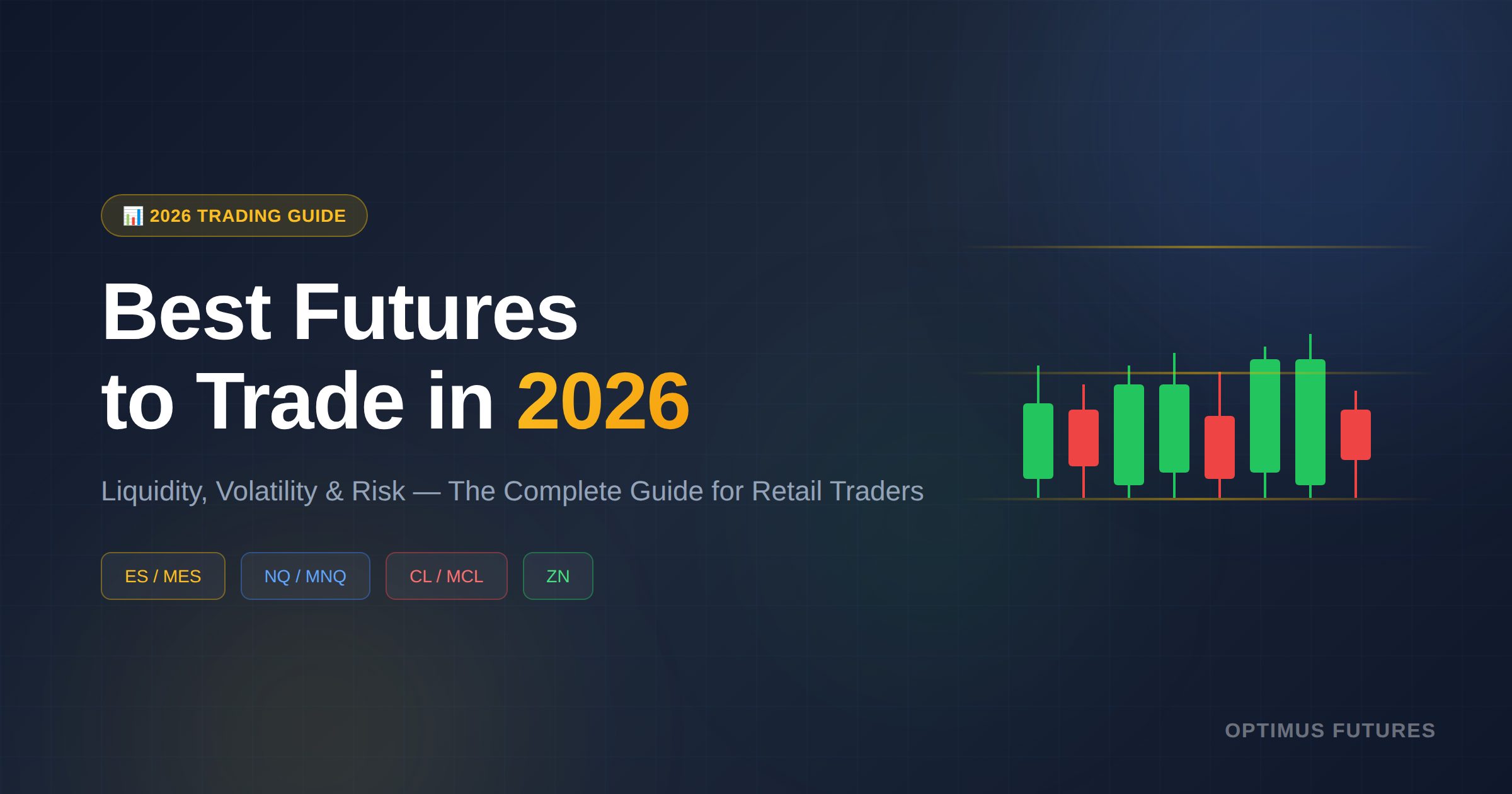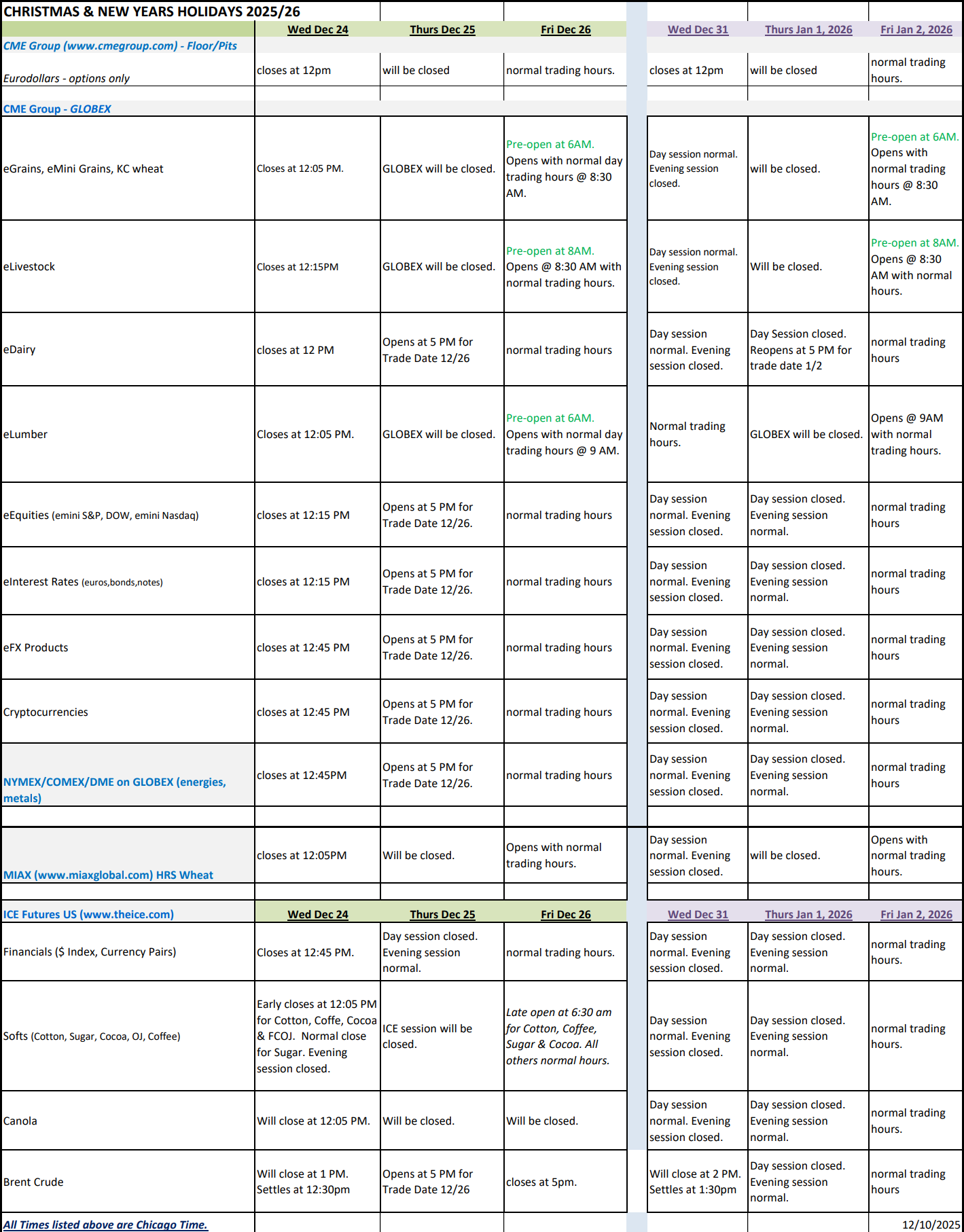Scaling into and out of positions is a common practice traders use to increase their chances for success when taking multiple entries and exits on their trades. However, there are a few things traders typically overlook when it comes to scaling into and out of trades.
Usually, traders don’t follow a rule-based or thought out position sizing and risk management strategy. This unfortunately often leads to wrong interpretations of trade management opportunities and false risk management decisions.
Bad practice I – scaling out of trades
Most traders will probably have done this before: partially closing a trade where price has moved into your favor to realize some of the profits and also to take off some risk. Whereas this is a good decision when it’s backed by price analysis, most traders cut their profits too early. The fear of giving back unrealized profits dominates the thinking of many traders and they will even close profitable trades when no real warning signs exist. In such cases, scaling out of trades has to be avoided or you’ll unnecessarily reduce the outlook and the expectancy of your system.
Bad practice II – Not scaling out of trades
Another bad and often unprofitable trading behavior is to hold on to trades when price moves against you. Traders hope that price will turn around and somehow make it to their profit target, or at least give them a chance to get out for break-even. Cutting losses has to be a top priority of traders and we will show you a better approach. As a rule of thumb: whenever you are hoping to get out at your entry point, you are not acting within your original trade idea anymore and your trading has become emotional.
How to build a position
“Testing the waters” and entering your trade with a portion of your actual, maximum, position size and then adding to the trade only when it moves in your favor is a money management technique used by many professional traders.
Slowly building a position as it moves in your favor will help you control your losses because if price moves against you right from the start, you will realize a smaller loss compared to the general approach of just taking one entry with your full position.
Especially for trend-following and swing traders, adding to their trades during pullbacks or retracements can improve their risk management significantly.
Being a trader means managing risk first and foremost and by gradually scaling into a profitable trade, you can potentially reduce your losses and control account swings effectively.
How to scale out of a loss correctly
Traders who follow the previous approach and slowly build their positions can realize smaller losses if price turns on them immediately because they haven’t reached their full exposure yet. However, you can leverage this effect even further by slowly scaling out of trades once price moves against you.
Instead of hoping that price will turn around, cut your initial trade once price moves against you. Once price has moved against you, the distance to your profit order has increased and the chances of seeing a successful trade have decreased. Thus, by scaling out of negative positions, you can limit your overall maximum loss.
Practical tips – define your max risk
To avoid excessive risk taking when scaling in and out of trades, you should establish a “max risk” figure for your position sizing approach. For example, you might say that you don’t want to risk more than 2% of your account on any given trade.
When you then want to scale into trades, you could decide to only risk 0.5% or 1% on your first entry and when price moves in your favor, add another 0.5% or 1% until you reach your max risk. The max risk figure defines your highest exposure and it helps establish a framework for your risk management which cannot be overstepped.
It’s all about the rules
The tips described here can help you improve your expectancy, reduce potential drawdowns and control your account volatility more effectively. However, it will only improve your trading if it’s done with a plan. A problem many traders have is that their intentions are good, but the execution is not as good.
Especially if you have problems with emotional and impulsive trading, establishing a rigid set of rules should be a top priority. Many traders never write down their actual trading rules and how they see their edge in the markets. Without defined rules, you can lose your focus easily and, especially when dealing with a potential loss, you are more likely to fall back into old, negative behavioral patterns.
A thought out position sizing strategy, together with a set of written down trading rules act as your safety net and can help you keep on track.
There is a substantial risk of loss in futures Trading. Past performance is not necessarily indicative of future results.



